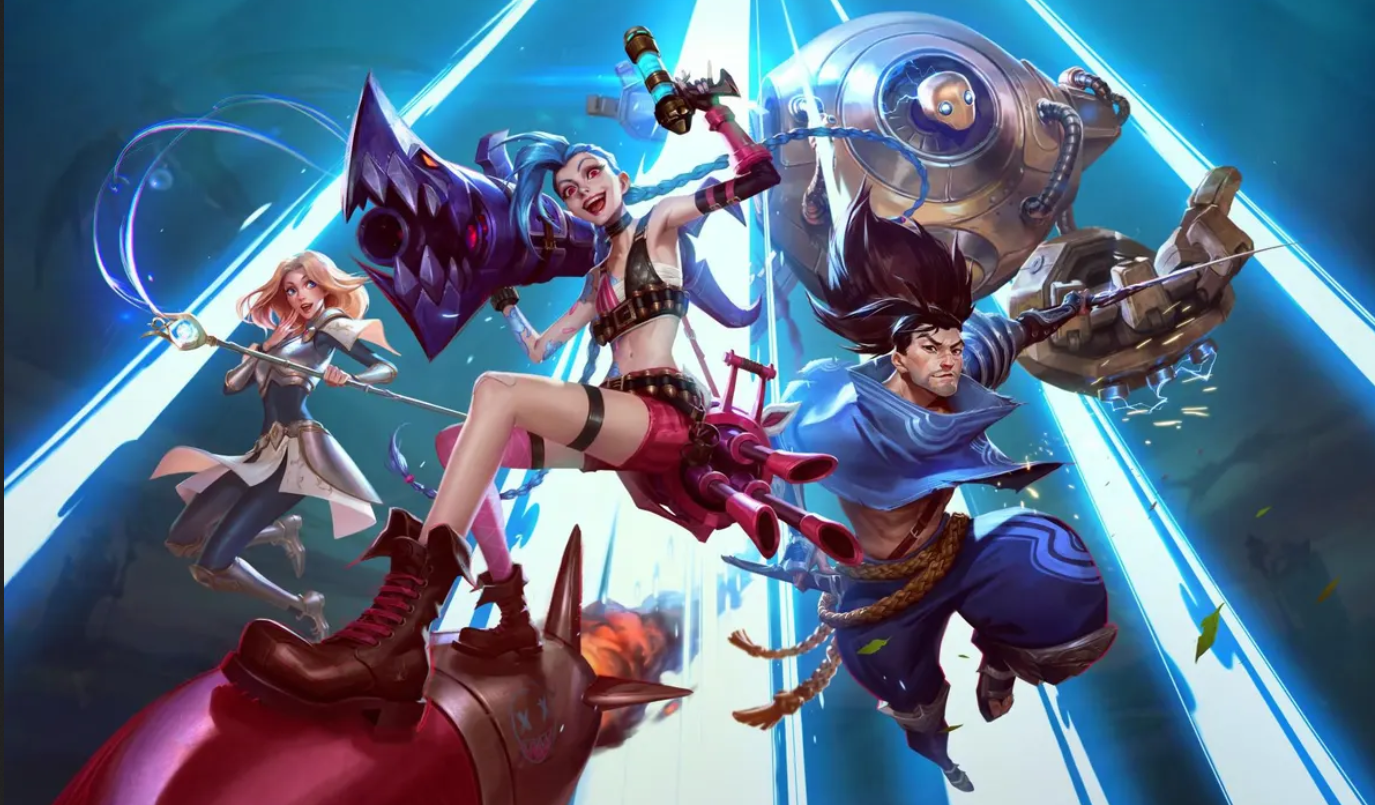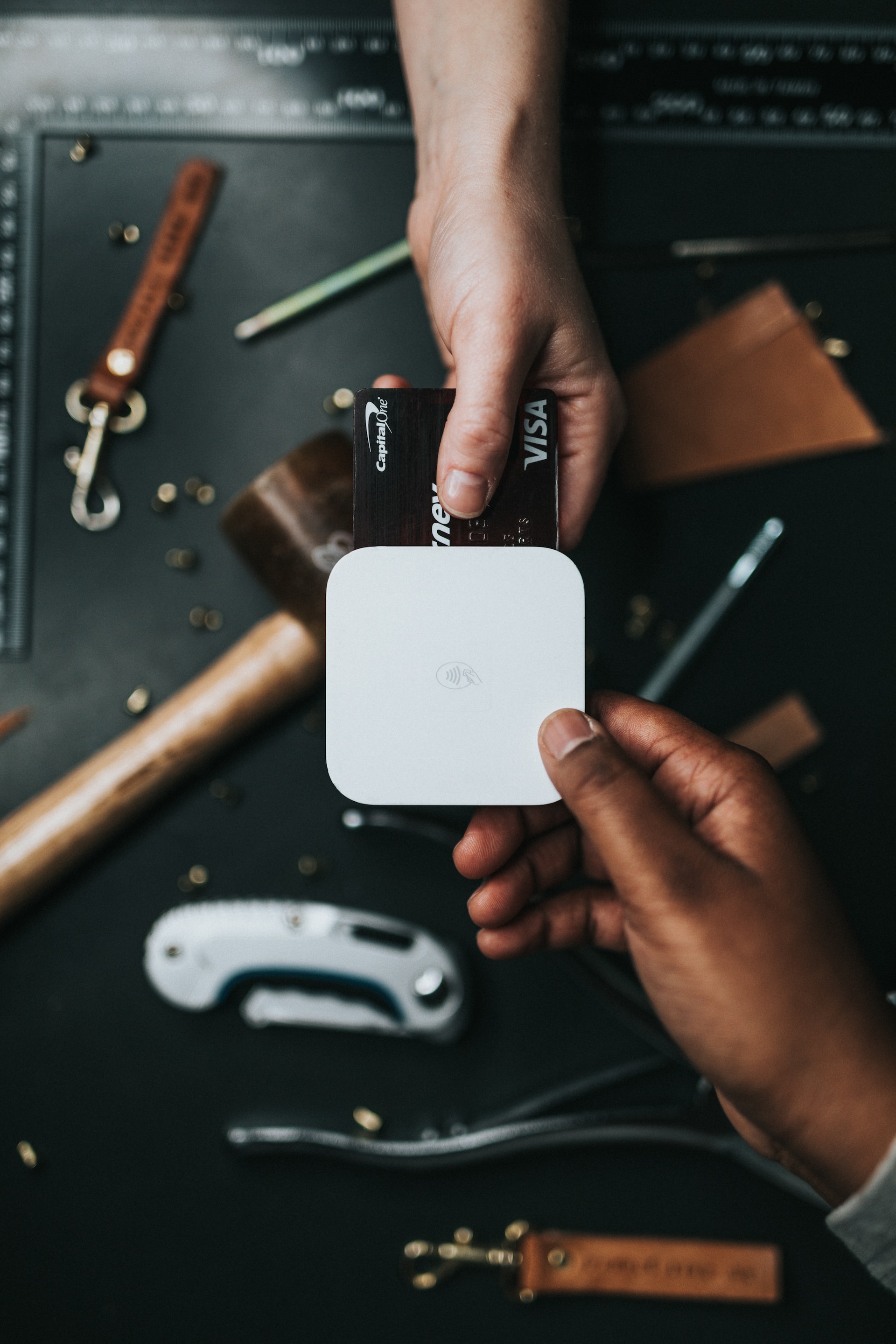In today's second half, we look deals like Microsoft's investment in Facebook and Tencent's investment into Riot Games which ended up not just paying off but profoundly changing business strategy.

Yesterday, we looked at some of the most successful corporate venture capital deals from the pre-internet and early internet era, including cheap stakes that grew a gargantuan windfalls, or a strategic tie-up that helped supercharge the investor’s core business.
The next set of deals, moving from dotcom days to the growth of social media and mobile, were much more complex. They weren’t so about a company like Naspers or SoftBank becoming huge through a particularly fortunate deal, but transactions that ended up changing a corporate’s investment strategy or they way it does business in general.
Google into 23andme (May 2007)
SoftBank may have had a couple of monsters, but few corporate VC units can approach the number of massive hits GV, originally known as Google Ventures, has notched up. It backed Slack at a sub-$1bn valuation five years before it was bought for nearly $28bn. It invested in Nextdoor, now a $900m+ company, at a $21m valuation, and in Baidu at a $178m valuation just before it went public. Baidu now has a $44bn market cap.

But when everything is weighed up, the most meaningful VC investment by the company now known as Alphabet may have been the $3.9m in series A funding Google Ventures provided for home genomics testing service 23andme in 2007.
Google had not made a healthtech investment before, but it had an ‘in’. The startup was headed by Anne Wojcicki, the sister of YouTube CEO Susan who would marry Google co-founder Sergey Brin the same year. Even without that connection, 23andme’s application of data analytics to healthcare must have appealed to the corporate.
What happened next?
Overcoming some early regulatory hiccups, 23andme grew steadily and was valued at $3.5bn when it listed in a 2021 reverse merger. GV has continued to invest in software and digital technology, but 23andme represented the first commitment in a strategy that would build one of the world’s most comprehensive life sciences startup portfolios, its investments in that area now topping 140.
Alphabet’s approach has unsurprisingly been concentrated on the digital edge of medicine, and to that end GV’s investments have included leading an $8m series A round for data-based cancer researcher Flatiron Health, five years before it was bought by Roche for $1.9bn, and backing advanced diagnostics startup Grail at series A, four years before it was bought by Illumina for $8bn.
These are just two of over 40 healthcare technology exits for GV, but the unit’s biotech portfolio also laid the groundwork for Verily, the medical software and hardware incubator formed within Alphabet to develop new life sciences products. The company is still waiting for either Verily or healthcare data offshoot Google Health to really catch fire, but GV’s portfolio means it has a readymade pool of potential partners.
Microsoft into Facebook (October 2007)
It’s hard to believe in retrospect but the $15bn valuation at which Microsoft invested in Facebook in 2007 seemed to many to be absurdly overpriced. Of course, this was at a time when the social media platform was still being compared to Yahoo or AOL – still a step up from those early MySpace comparisons.
Microsoft had already struck a deal to be Facebook’s exclusive banner advertising and sponsored links provider the previous year, back when the social network had 9 million users. The fact it was ready to do battle with Google for the honour of investing $240m at an apparently huge valuation should have been a clue it had seen enough.
What happened next?
Microsoft made its money back when Facebook went public in 2012, coming out with a 1.7% stake. That stake would be valued at almost $10.7bn today and wasn’t worth much less in 2017 when Microsoft began generating cash through selling the shares on.
The corporate got a bonus on top of that through a deal parallel to the investment that made it Facebook’s exclusive partner for third-party advertising internationally. That deal may not have paid off hugely – Facebook took back control of its advertising just three years later – but Microsoft’s Bing search engine continued to be used on the platform for years, and it even got to access Facebook’s social graph data in order to enhance Bing.
In retrospect, what stands out is that in 2007, Microsoft wasn’t even in the Fortune Global 100, while in recent years it’s been a fixture near the top of the list along with Facebook (now known as Meta). Sometimes, getting access to a newer, faster-moving company can help an incumbent come to terms with how things are changing and where it should go next.
Salesforce into ServiceMax (November 2008)

ServiceMax emerged in 2007 as a digital platform that helped industrial businesses manage post-sales maintenance. The product was built on Salesforce’s app development platform, Force.com, and the following year it won the inaugural Force.com developer contest, with Salesforce subsequently contributing to a $2m series A round.
The product itself was made by a customer relationship management firm called Maxplore, which apparently built the app in two weeks because a client wanted a field service manager on the Salesforce platform. It wasn’t Salesforce’s first CVC investment, but it was the first to be explicitly linked to the idea of building an ecosystem of startups based around its developer platform, a relatively new concept that the company ended up implementing better than anyone else.
What happened next?
ServiceMax retained Salesforce, and later its Salesforce Ventures subsidiary, as an investor in just about every round before it was bought by GE Digital for $915m nine years later.
As for the corporate, Salesforce’s ecosystem strategy ended up being the basis for the launch of Salesforce Ventures, building a unit with billions under management and investments that include Snowflake (a $49bn market cap today), HubSpot ($25bn), Zoom and MongoDB ($20bn each), DocuSign and Twilio ($11bn each). Almost all of those companies ended up forming their own investment arms based on the ecosystem model.
But while that model has been extremely lucrative for Salesforce Ventures, its parent has benefitted far more. Salesforce was a sub-$10bn company at the end of 2008 but today it is valued above $210bn, and it’s managed to grow by linking near enough every big enterprise software product to its ecosystem, essentially putting its platform at the centre of the average enterprise stack.

Tencent into Riot Games (September 2009)
Tencent was still best known for messaging platform QQ in 2009 but it also had a games subsidiary, formed six years earlier, initially to capitalise on QQ’s user base. Games revenue from QQ grew steadily until the group decided to expand that by funding gaming startups.
Riot Games wasn’t the first game developer or even the first US-based studio to get investment from Tencent. In fact, the three-year old startup was yet to release its first game when the corporate took part in an $8m round alongside venture firms Benchmark and FirstMark. What it did have was a free-to-play model based on virtual items, a monetisation model popular in Asia but not in the west, and one Riot described as “undoubtedly the future of games”.
What happened next?
Riot’s debut title, a multiplayer arena battle game called League of Legends, was released the following month and immediately began building a following. Tencent, the game’s distributor in China, had seen more than enough by early 2011 to know it wanted much more, and paid $400m for a 93% stake.
League of Legends has since become a goldmine for Tencent, generating an average of $1.7bn in revenue per year since 2015, not only from the sale of virtual items to players but through its ascendance to become one of the core games in esports. It even has a cartoon spinoff.
Tencent’s success with Riot also proved to be the base point for its expansion into the world’s biggest game distributor, acquiring Clash of Clans developer Supercell and buying up a 40% stake in Epic Games, the creator of Fortnite. Its combined domestic and international gaming revenue was near $25bn in 2022.
Google into Plaid (September 2013)
The early 2010’s witnessed several tech booms, with ride hailing leading a flurry of new on-demand consumer business models based on mobile devices. These new types of business in turn fuelled a surge in digital payment technology.

There were several lucrative deals in the payment technology area. Visa invested in Square, the digital payment technology provider now known as Block, at a reported $240m valuation in 2011. The company is now valued above $36bn. American Express backed Square competitor Stripe the following year in a round valuing it at $500m. Stripe’s last funding round, in March this year, put its valuation at $50bn.
But while those deals helped spur decent portfolios for the corporates, they didn’t have the same strategic benefits or financial multiples that Google Ventures got from its investment in banking and credit card data startup Plaid’s $2.8m seed round in 2013. Stripe and Square grew fast by selling card machines to small businesses but Plaid saw early on that the digitalisation of the financial services industry would need to be supported by high-level data analytics.
What happened next?
Plaid grew rapidly, enough that Visa agreed a $5.3bn acquisition in early 2020. The Department of Justice scuppered the deal a year later on competition grounds but that didn’t seem to bother Plaid much – it cheerfully announced it had grown its customer base by 60% in the intervening year.
The company was valued at $13.4bn in its last round two years ago, a potential thousandfold increase from its seed round.
More importantly, Plaid’s technology helps to underpin Google Pay, launched by the corporate in 2011 and later expanded to include spend tracking and account balance information if a user links their account and credit cards – services provided by Plaid’s transaction and balance data. The app recently passed 150 million users and those new features are giving it a way to compete with market leader Apple Pay.









